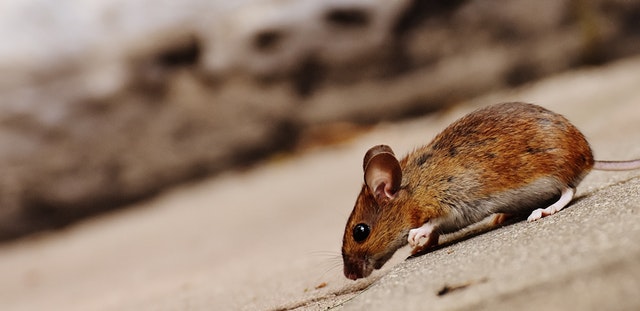Re-infection with different B. burgdorferi strain can cause a super-infection in mice

Numerous strains of Borrelia burgdorferi, the bacteria that causes Lyme disease, can exist in hosts living within the same geographic area, writes Bhatia, from Rocky Mountain Laboratories, in the journal PLOS Pathogens. [1] “Many different strains of B. burgdorferi are stably maintained in the same local population of infected wild animals and ticks.”
In their research, Bhatia and colleagues found evidence that re-infection with the same strain reduces the infectivity of spirochetes in mice. The infectivity of spirochetes that fed on mice infected with the same strain was dramatically reduced but not eliminated.
However, re-infection with a different strain increased the infectivity of the spirochete. When infected with “different strains of B. burgdorferi, blood ingested by feeding ticks enhances the spirochete’s ability to re-infect the host,” the authors explain.

“In nature, multiple strains of B. burgdorferi co-exist in the same endemic area,” explains Bhatia, “and a high proportion of reservoir hosts are infected, sometimes with multiple strains.”
[bctt tweet=”What happens if a mouse is re-infected with a different strain of B. burgdorferi? ” username=”DrDanielCameron”]
In nature, people can be infected with different strains. “Previous studies have demonstrated that Lyme disease patients can become re-infected by a different B . burgdorferi strain following effective antibiotic therapy,” Bhatia points out.
The authors findings raise two questions:
Could a second bite lead to a super-infection in humans?
Could a vaccine be developed for multiple strains of spirochetes to avoid a super-infection?
Related Articles:
Study identifies ticks that are most dangerous to humans
Hundreds of infected ticks found in one yard in Canada
Cats carry all types of ticks and tick-borne diseases
References:
- Bhatia B, Hillman C, Carracoi V, Cheff BN, Tilly K, Rosa PA. Infection history of the blood-meal host dictates pathogenic potential of the Lyme disease spirochete within the feeding tick vector. PLoS Pathog. 2018;14(4):e1006959.
- Rogovskyy AS, Bankhead T. Bacterial heterogeneity is a requirement for host superinfection by the Lyme disease spirochete. Infect Immun. 2014;82(11):4542-4552.




Join the Lyme Conversation
(Note: comments are moderated. You will see your comment after it has been reviewed.)